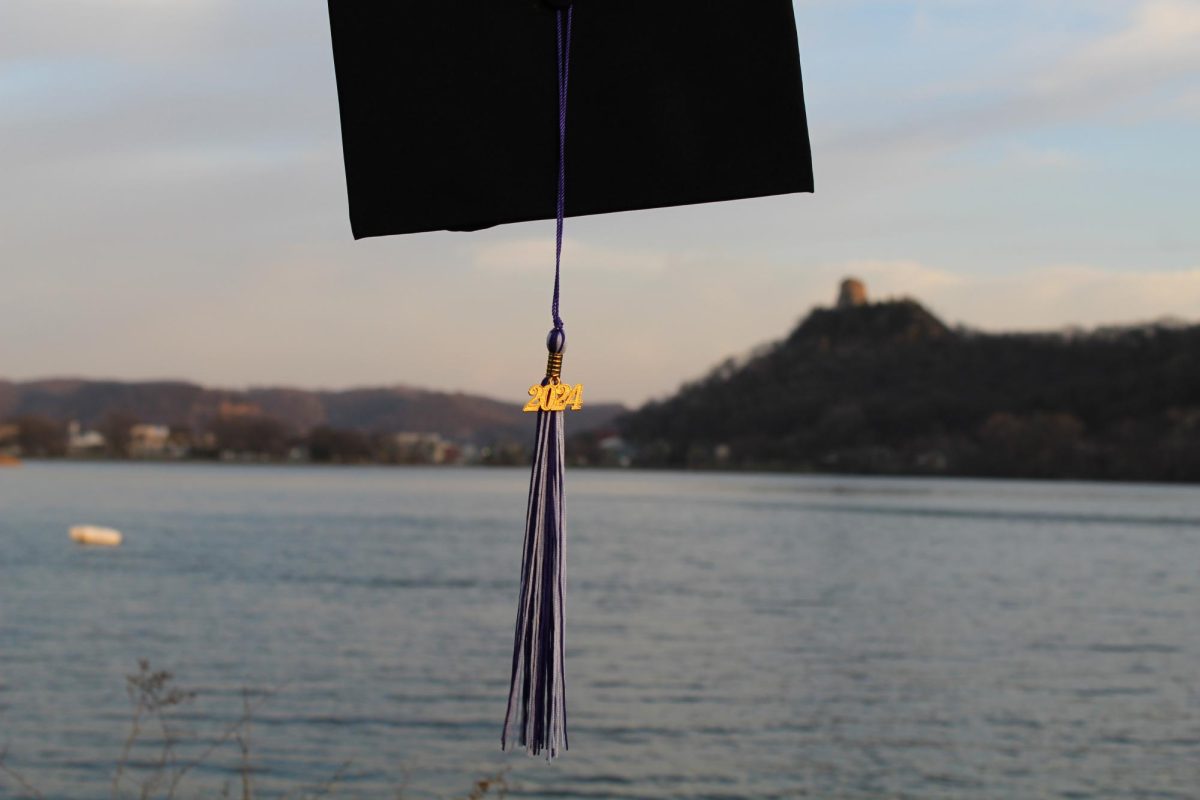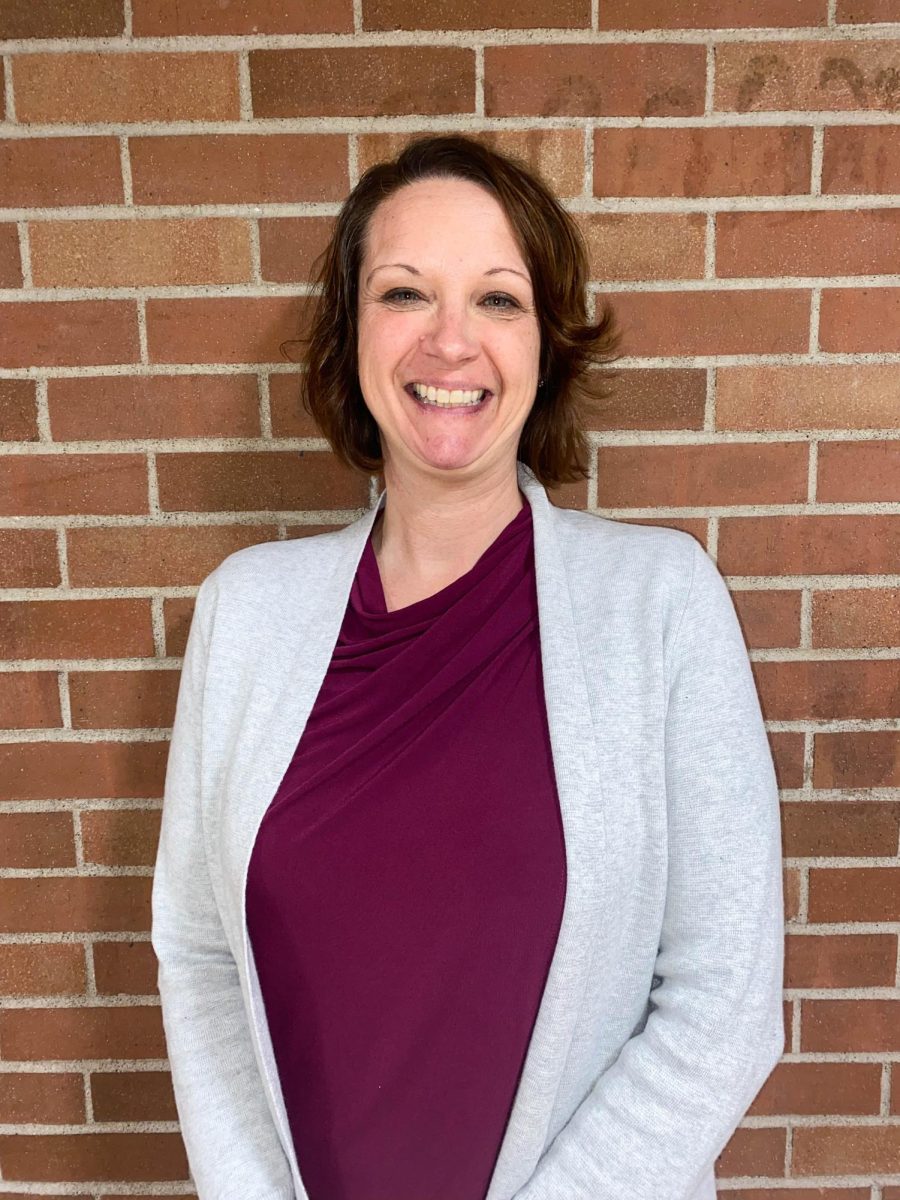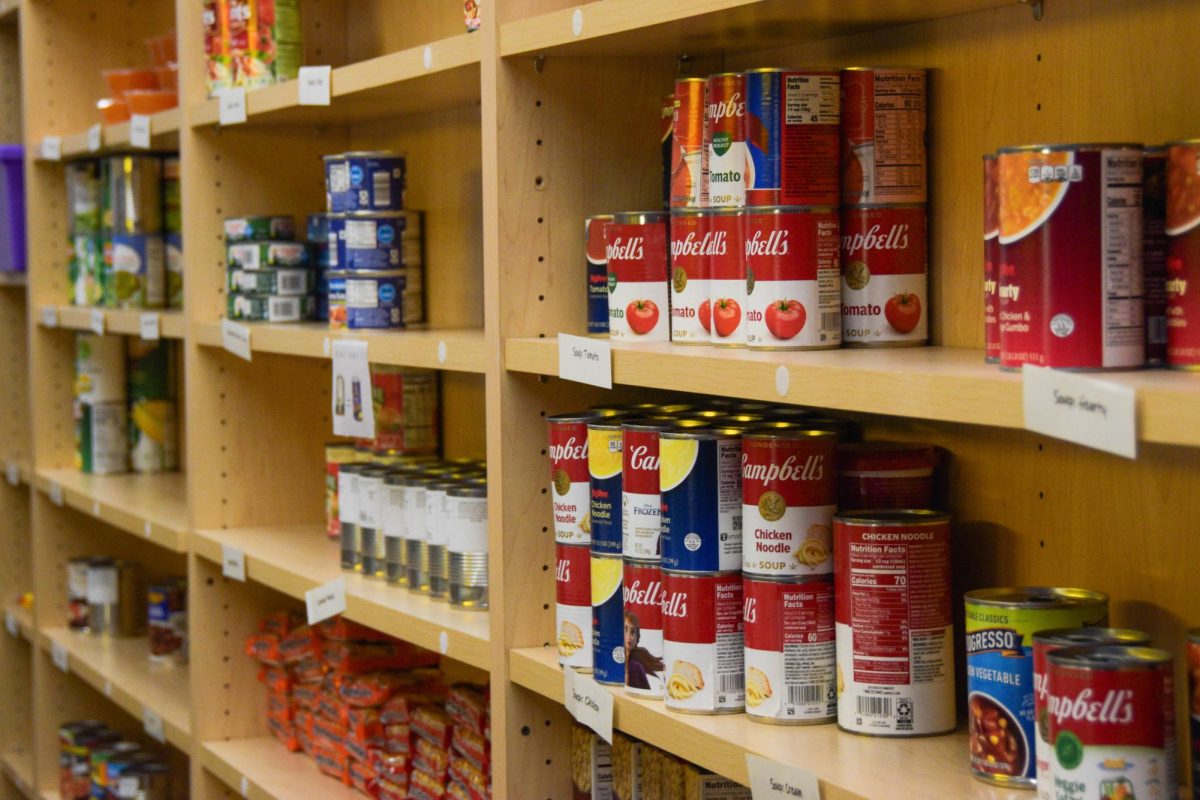Hannah Jones/Winonan
Many would have called the fully-functioning greenhouse on display last week in the gazebo a rudimentary box made of empty two-liter soda bottles.
Jorge Segovia, a Spanish minor at Winona State University, calls it a “simpler way of living.”
This December, he and his classmates in an independent research study went on a trip to Ecuador. There, they saw for themselves how the local people lived.
“It’s really the humblest living possible,” he said.
Segovia took what he learned in Ecuador back with him to the United States and began to realize some of the drawbacks of our complicated way of life.
“I am a very wasteful person,” he said.
Many day-to-day activities that we take for granted in this country—leaving the lights on, using plastic bags at the grocery store and taking long showers—are wasteful, unsustainable and harmful to the environment.
Segovia and his classmates wanted to create a visual representation of what we can create when we take some of that waste out of the equation.
Segovia and his classmates presented their collaborative project as a part of the Climate Summit at Winona State, which included several exhibits, talks and activities to get students thinking about the environment.
Consciousness, Segovia said, is half the battle.
“It’s important, when you’re going about your daily lifestyle, just to think about what you’re doing,” he said.
“It’s important to educate yourself.”
The greenhouse was scarcely taller than Segovia himself, and it only had room for a small chair, a table, and a tropical rainforest poster.
Still, for a structure made almost entirely of waste products, it was impressive.
Furthermore, without this greenhouse, every single one of those plastic bottles would have ended up in a rubbish bin.
Most importantly, however, it got people talking.
Segovia said his goal was to “plant a seed” and instigate change.
The keynote speaker for the Climate Summit, Mandy Sharp, shared the same philosophy about education to improve our relationship with the environment.
Sharp works with the United Nations Children’s Fund, (UNICEF)and gave a presentation on the amazing progress that can occur if only people share knowledge about a subject.
She promoted a program called the UNICEF Tap Project, which turns social networking into “water networking.” Using Facebook, millions of users nationwide can log on and donate to Unicef’s Water Sanitation and Hygiene program, which supplies clean drinking water and sanitation facilities to over 100 countries worldwide.
For only $1, a child can have 40 days of clean water.
Then, users can spread the word, asking two friends to donate as well.
The further the message spreads, the more water goes to places in need.
And we really can’t afford not to spread it.
Every year, Sharp said, 19,000 children all over the world die of preventable causes.
“And 10,000 isn’t good enough,” she said, “and 5,000 isn’t good enough—we really think the number should be zero.”
Achieving that zero, Sharp said, is not only a matter of fund raising, but also a matter of education and advocacy.
Even when we enlist the help of everyone we know, solving the problems facing the environment, from waste reduction to water sanitation, can seem impossible.
However, even if it’s just with a greenhouse barely big enough to allow an average student to stand upright, Segovia is hoping to inspire others and instigate a serious change for the better.
“I’m always optimistic,” he said. “Optimism made the Climate Summit and the greenhouse happen.”
Whether it’s donating five dollars online or simply taking a cloth bag to the grocery store, everyone can do something small to help protect the environment.
The task is heavy, the end result far away, but, Segovia said, not impossible.
“There can be change,” he said, “and it will happen.”
Until then, we do as Segovia and his team have done, and plant a seed.
Contact Hannah at [email protected]






























































